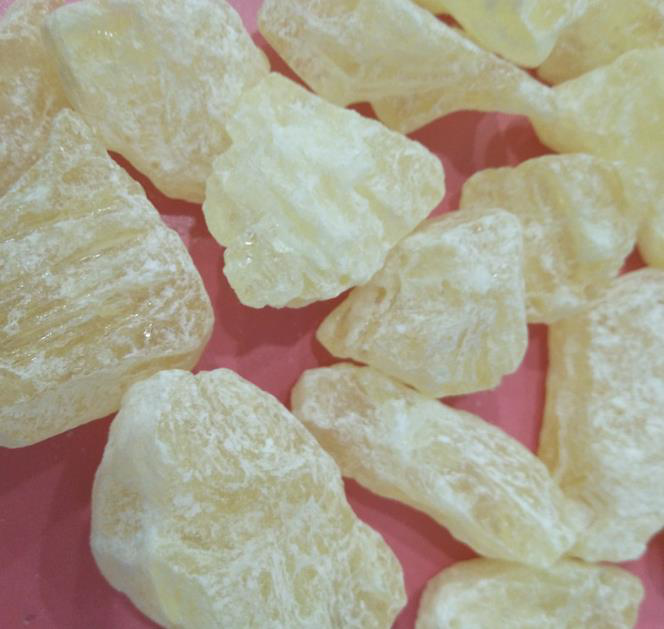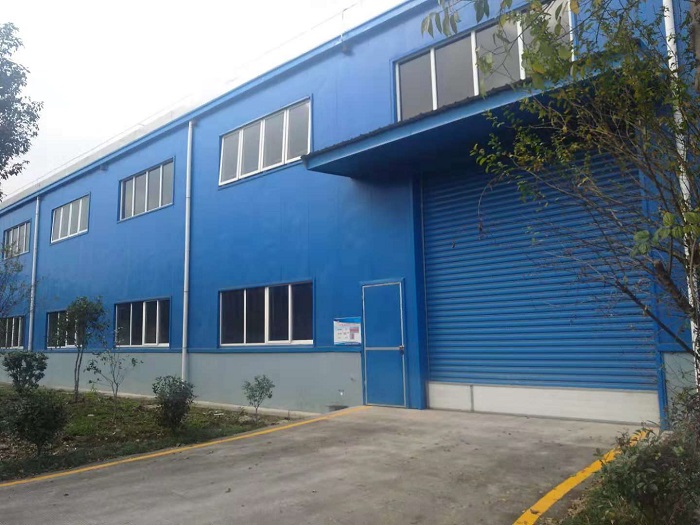As the industry continues to develop, some new technologies are emerging in the photovoltaic field. Recently, SolarWorld announced that it will invest 10 million US dollars in 2015 to expand its photovoltaic cell and module production capacity at the Hillsboro plant in Oregon. According to the plan, SolarWorld will increase its component capacity from 390 MW to 530 MW and convert its 100 MW solar cell production to use passivated emitter contact (PERC) technology. Although SolarWorld said that the main purpose of the investment is to increase production capacity, at the same time, it also hopes to take the opportunity to increase the conversion efficiency of PERC batteries from over 19% to over 20%. In fact, in addition to SolarWorld, many battery manufacturers around the world are accelerating the introduction of PERC technology. It is understood that Sunrise in China has introduced five PERC production lines, the conversion efficiency of single crystal cells is up to 20.7%; Hanhua Q-cells is introduced into two production lines, and the conversion efficiency of single crystal cells is up to 20.2%; some polycrystalline battery manufacturers introduce PERC After the technology, the battery conversion efficiency is up to 18.4%-18.5%. PERC technology is widely sought after The so-called PERC technology, that is, passivation of the emitter back contact, uses SiNx or Al2O3 to form a passivation layer on the back side of the battery, as a back reflector, increases the absorption of long-wave light, while maximizing the potential difference between the PN poles and reducing the electron recombination. Its core purpose is to improve battery conversion efficiency. Increasing the conversion efficiency of photovoltaic cells is a key factor in reducing the electricity cost of photovoltaic power generation. To some extent, the development of low-cost and high-efficiency batteries determines the speed at which photovoltaics can replace traditional energy sources. "Frankly, after more than ten years of development, the continued improvement of the photoelectric conversion efficiency of the domestic photovoltaic industry has faced bottlenecks." An industry person who did not want to be named told the "Securities Daily" reporter, "And for some time, the mainstream Battery manufacturers have carried out research on various technological processes around the improvement of conversion efficiency, among which PERC technology has been promoted the fastest. The emergence of PERC technology has made the industry see the hope of further improving the photoelectric conversion efficiency." The person also told reporters that "PERC technology is highly praised mainly because of its improved characteristics. New equipment investment is much lower than that of N-type battery technology such as back electrode and HIT. Generally, only a small amount of equipment needs to be added to the ordinary battery production line. The conversion efficiency will be greatly improved." According to the "Securities Daily" reporter, PERC technology is currently widely used in Taiwan. Researcher EnergyTrend research manager Huang Gonghui said: "PERC provides higher photoelectric conversion efficiency at a competitive cost, which has led to a surge in demand for the application of this technology." A report by EnergyTrend said that battery manufacturers in Taiwan have already been better than others. Regional companies have used more PERC technology and have produced about 1 GW of production. “In the photovoltaic market that came to the forefront – Japan, Taiwanese manufacturers have used PERC to produce photovoltaic cells and components that have indeed won more business.†Huang Gonghui said. More optimistic, NPD? Solarbuzz vice president analyst Finlay? Colville expects that PERC battery technology global capacity will exceed 2.5GW by the end of 2014. Single crystal is supported by PERC It is worth noting that according to a set of data held by the reporter, the laboratory efficiency of the p-type single crystal PERC battery has been increased from 19.8% to 20.45%, and the mass production efficiency of the standard p-type polycrystalline battery is 17.2% to 17.8. %. This means that although the conversion efficiency of single crystal and polycrystalline cells has been improved after the introduction of PERC technology, the amplitude is different. "According to the current statistics, the P-type single crystal application of PERC technology can increase the conversion efficiency by 1%, while the polycrystalline increase is 0.5%." A researcher told the "Securities Daily" reporter. It is understood that in the current mainstream technology route, the polysilicon conversion efficiency is 17.5% to 18%, and the Czochralski single crystal is 19% to 19.2%. “With the application of PERC technology, single crystal can increase the conversion efficiency from 19% to 19.2% to 20% to 20.2% (some manufacturers in Taiwan can even achieve 20.5%), while polysilicon can only be converted. The rate has increased from 17.5%-18% to 18%-18.5%." The above-mentioned scientific researcher said, "From the perspective of the application of PERC technology by overseas and mainland battery manufacturers, PERC technology has shown a better premium advantage in monocrystalline batteries. Development space. PERC technology makes the conversion efficiency of single crystal cells increase by 1%, while polycrystalline batteries only 0.5%. From the perspective of premium, PERC technology is more obvious for single crystal cells, polycrystalline battery The premium is basically offset by the depreciation of new equipment." “This creates a problem. Because of the superior performance of PERC technology on P-type single crystals, the cost of technology applications is increasing. It is worthwhile for those single crystal manufacturers. But at the same time, due to the increase in cost, only Will increase by 0.5 percentage points (conversion rate), I believe many polycrystalline manufacturers will think that this is not worth the loss." An analyst told reporters, "and this (using PERC technology) is likely to become a chip of monocrystalline and polycrystalline counter" . Of course, looking at the future, the key challenge for PERC batteries is still to reduce production costs. At present, the price of p-type single crystal PERC batteries is 1.5 times that of standard p-type polycrystalline batteries, and the difference in price reflects the high cost of this advanced battery structure. This added value is equivalent to a standard single crystal cell and is almost 1.3 times the price of a polycrystalline battery. However, PERC batteries now offer a higher efficiency boost – they are 15% more efficient than standard polycrystalline cells and 7% higher than standard single crystal cells. This shows that as the cost structure continues to improve and efficiency continues to increase, single crystal PERC cells will continue to move forward on the road to competition with standard monocrystalline battery technology.
Musk arnbrette
Chem. Abstr. Serv. Reg. No.: 83-66-9
Chem. Abstr. Name: 1-( l, I-Dimethylethyl)-2-methoxy-4-methyl-3,5-dinitrobenzene
IUPAC Systematic Name: 6-tert-Butyl-3-methyl-2,4-dinitroanisole
Synonyms: Amber musk; artificial Musk Ambrette; 5-tert-butyl-l ,3-dinitro-4-methoxy2-methylbenzene;
4-te rt-buty 1 - 3-methox y- 2,6-dinitrotol uene; 2,6-dinitro- 3-methox y_
4-tert-butyltoluene; Synthetic Musk ambrette
Musk Ambrette Lump,Musk Ambrette Big Lump,Fragrance Musk Ambrette Lump,Big Lump Musk Ambrette Gan Su Original Flavor Co.,ltd , https://www.muskxylol.nl
